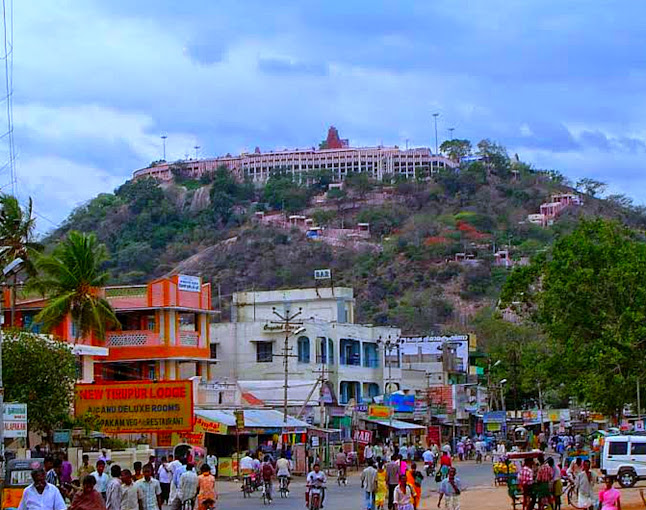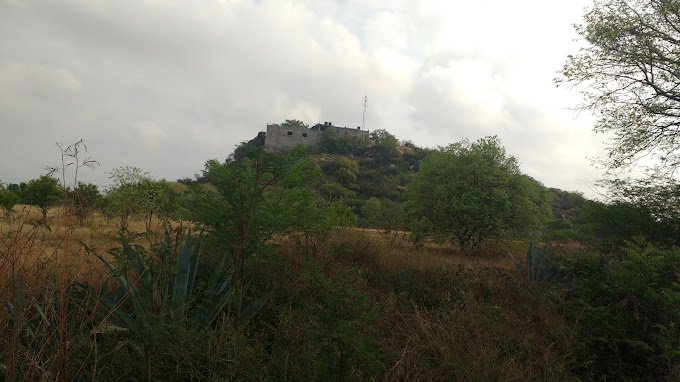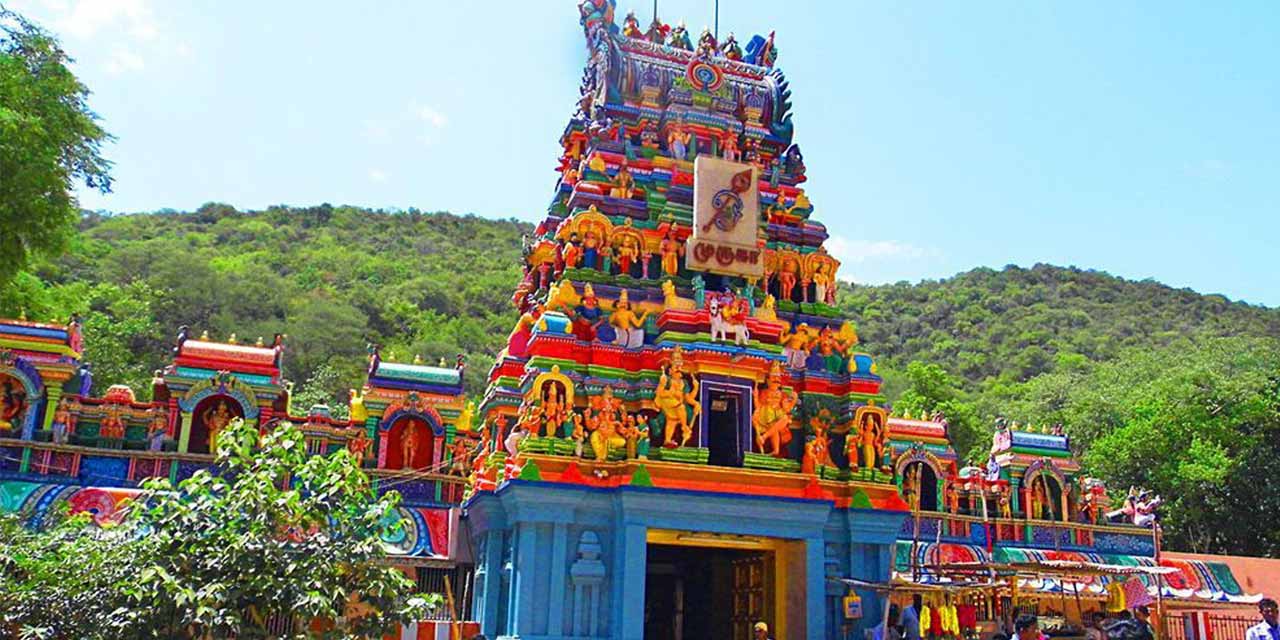Nestled amidst the ancient streets of Kanchipuram, Tamil Nadu, the Kailasanathar Temple stands as a timeless marvel, a testament to the enduring legacy of Pallava architecture. Dedicated to Lord Shiva, it whispers tales of devotion and craftsmanship, echoing through the corridors of time.
Crafted with precision around 700 CE by Narasimhavarman II, and adorned with additions by Mahendravarman III, this architectural masterpiece embodies the essence of Dravidian grandeur. Its square-plan design beckons visitors into a sacred realm, adorned with a mukha-mandapa, a maha-mandapa, and a sanctum crowned by a majestic four-storey vimana.
Within its sacred confines, the main sanctum is encircled by nine shrines, each a resplendent homage to the divine forms of Lord Shiva. As sunlight dances upon its intricately carved walls, the temple reveals a galaxy of Hindu art, spanning Shaivism, Vaishnavism, Shaktism, and Vedic deities.
But it is not merely stone and mortar that breathe life into this sanctum; it is the vibrant hues of Hindu mural art that adorn its inner walls, reminiscent of the timeless splendor of Ajanta Caves. These murals, reminiscent of the historic paintings at the Vaikunthaperumal Temple, speak volumes of a bygone era’s artistic prowess.
Inscribed upon its hallowed walls lie the whispers of history, with ancient scripts and epigraphs unraveling tales of regional heritage and Tamil temple traditions. And amidst the circumambulatory passage, 58 small shrines stand as silent sentinels, each dedicated to various manifestations of Lord Shiva.
As one of the city’s most revered tourist attractions, the Kailasanathar Temple beckons pilgrims and travelers alike, inviting them to embark on a journey of spiritual discovery amidst its sacred precincts.
Divine Splendor: Explore the Architectural Marvels of Kailasanathar Temple
In the ancient city of Kanchipuram, Tamil Nadu, India, the Kailasanathar Temple stands as a revered testament to the Pallava dynasty’s architectural brilliance. Built around 700 CE by Narasimhavarman II, with embellishments by Mahendravarman III, this historic Hindu temple is dedicated to Lord Shiva, radiating a timeless aura of divine reverence.
Reflecting the resplendence of Dravidian architecture, the temple boasts a square-plan layout, adorned with a mukha-mandapa, a maha-mandapa, and a primary garbha-griya crowned by a majestic four-storey vimana. Within its sacred confines, the main sanctum is embraced by nine shrines, each an exquisite manifestation of Lord Shiva’s divine forms.
A marvel of artistic expression, the Kailasanathar temple is adorned with intricately carved Hindu art, steeped in the rich traditions of 7th- and 8th-century Tamil culture. These masterpieces, predominantly inspired by Shaivism, also encompass themes from Vaishnavism, Shaktism, and Vedic deities, weaving a tapestry of spiritual harmony.
Delving deeper into its sanctum, visitors are enthralled by the early specimens of Hindu mural art adorning the inner walls of courtyard cells, reminiscent of the timeless beauty found in the Ajanta Caves and the Vaikunthaperumal Temple of Kanchipuram.
Amidst its sacred precincts, the temple walls whisper tales of bygone eras, inscribed with ancient scripts that unravel the mysteries of regional history and Tamil temple traditions. Enshrined within the compound walls are 58 small shrines, each a sanctuary dedicated to various forms of Lord Shiva, enriching the spiritual journey of pilgrims.
As one of the city’s most prominent tourist attractions, the Kailasanathar Temple beckons travelers from far and wide, inviting them to bask in the divine majesty of its hallowed halls.





